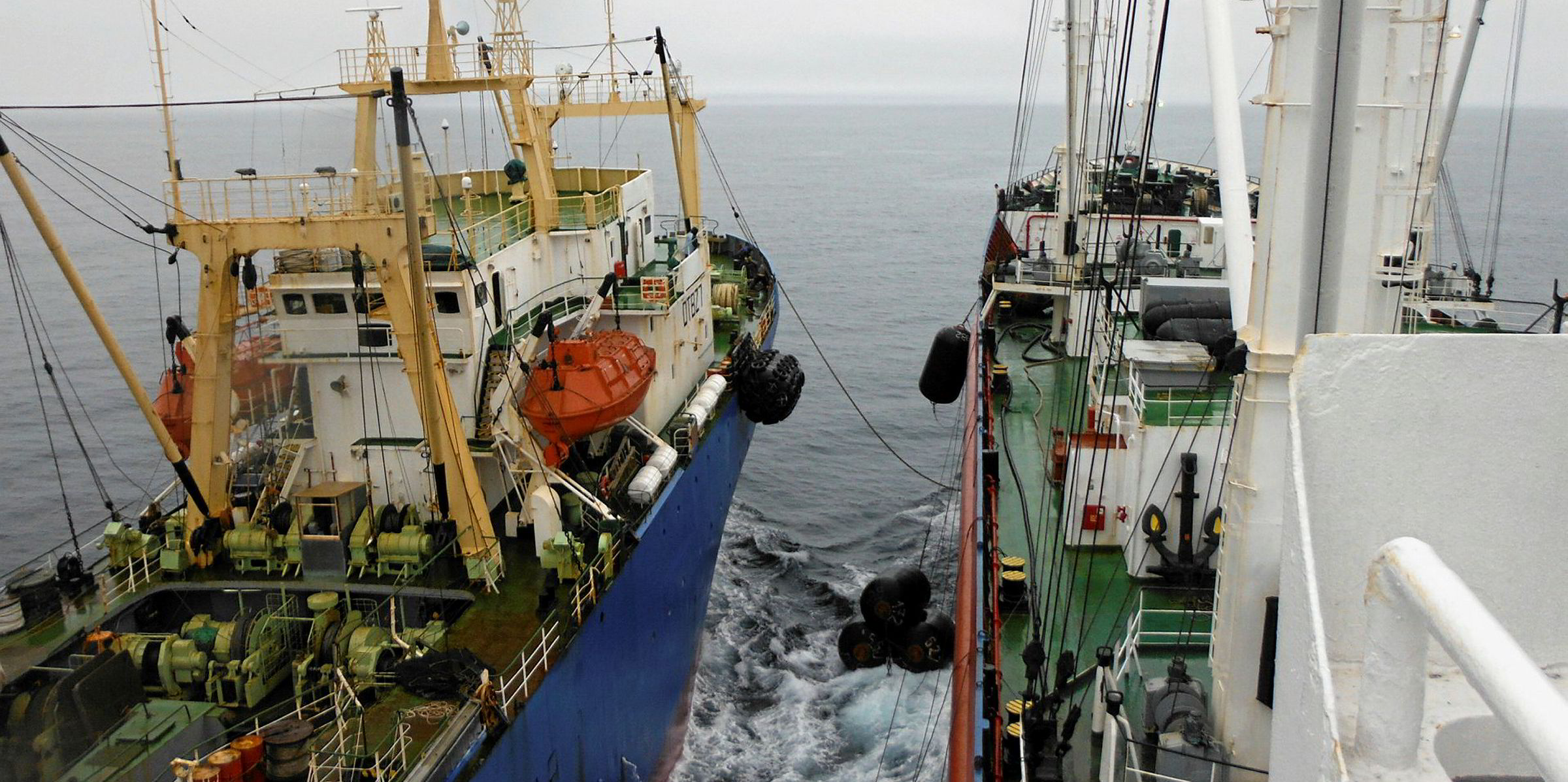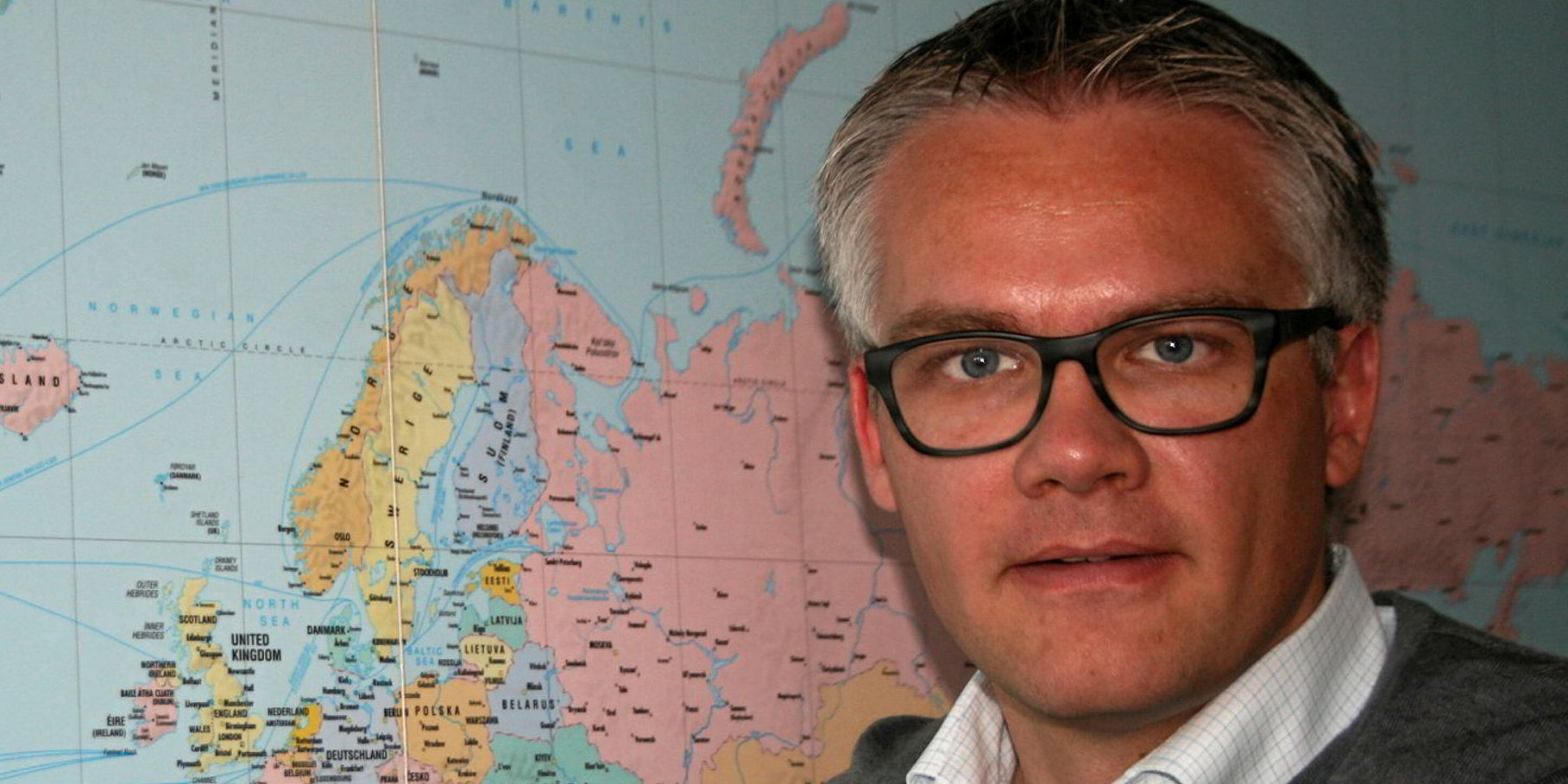Author Mark Twain’s comment that the report of his death was an exaggeration is maybe something that should be displayed prominently on the prow of every conventional reefer ship.
Doom-mongers have long predicted the demise of refrigerated cargo vessels, beaten into submission by the containership juggernauts.
“This is a business which is shrinking, which is dying, but we are still making money,” one reefer player tells TradeWinds.
In fact, global seaborne reefer trade is continuing to expand, with growth of more than 5% in 2017, according to Drewry Maritime Research.
But the rate at which specialised reefer vessels are losing cargoes to containerships threatens the existence of many over the next five to 10 years.
Money is still to be made, but increasingly in specific markets, as many fruit cargoes have already swapped to containers.
The number of traditional reefer players has decreased and, despite vessels being scrapped and few newbuildings on order, ships outnumber cargoes.
One of the largest players is Alpha Reefer Transport (ART), which manages the ART Pool controlling about 40 vessels ranging from 150,000 cbf to 550,00 cbf.
Core members of the pool are Greece’s Laskaridis Shipping; Limarko Shipping and JSC Ships Service Agency, both from Klaipeda, Lithuania; JSC Yugreftransflot of St Petersburg; Norfos Shipping in Tallinn; Rainbow Reefers from Las Palmas, Gran Canaria; and Fairport Shipping in Piraeus.
ART uses Frigoship Chartering (FSC) as its exclusive chartering broker, sharing the same offices in the revitalised commercial port area of Hamburg. Joint managing directors of both are Benjamin Emmert and Axel Hoeveler.
Laskaridis Shipping is the main shareholder in ART/FSC, the owner of vessels and also cargo provider for the pool. Limarko, which has four ships in the pool, is also a shareholder in ART.
“We have been hearing reefers are dying for 10 years now but we have had some very decent years,” Emmert says. “However, the number of trades and diversification of cargo is getting smaller and smaller. You have to focus on real niche trades.”
This is mainly fish and seasonal products that require large volumes to be transported in a short period of time.
Drewry made a forecast in a report this year that specialised reefers’ share of seaborne trade would fall from 20% to 14% by 2022, “with container lines picking up the slack”.
Global reefer trade reached 127 million tonnes in 2017 but Drewry said this masked the “continued shift of cargo from the declining specialised reefer fleet to the container mode”. In 2017, containerised reefer traffic grew by an estimated 8%.
The niche trade that ART focuses on is transporting fish to West Africa, sometimes East Africa, from locations including Las Palmas, Morocco, Mauritania, Angola and Cape Town.
It is also very active in the tuna trade from the Seychelles to destinations worldwide, the squid trade from the Falkland Islands to the Far East and Spain, time chartering vessels for the Pacific tuna market and monthly shipments of frozen foodstuffs, mainly chicken, between Brazil and Cuba.
Ideally, banana cargoes can be booked back to the Mediterranean but Emmert says even when successful rates out of Cuba can be “terrible”. A large proportion of bananas are now carried in containers with large-scale producers, such as Del Monte, investing in boxships.

Consequently, frozen fish cargoes are vital because Emmert reckons this "transshipment" trade will be among the last to end up in containers.
ART vessels, for example, load directly from the trawlers in the South Pacific. It means the trawlers can remain in the fishing grounds, instead of a taking a round trip of maybe several days to discharge, and avoid incurring port charges. When the catches are good, Emmert says direct loading can be worth $50,000 to $100,000 per day to the trawlers.
Also, he says specialised reefers take 20 to 25 days to deliver their fish cargoes from the South Pacific to West Africa direct, whereas containerships may have a transit time of about 90 days, sometimes longer, because of taking the fish first to the Far East, offloading and then onward transit to Nigeria.
“Containers still offer cheaper freight rates but specialised reefers lifting fish at the anchorages are faster to deliver,” Emmert says.
The freight gap in ART’s main trade — Mauritania to West Africa — is substantial but not as great as in some trades. ART is fixing at about $170 per tonne for roughly 4,000 tonnes of fish, whereas freight in containers is about $140 to $150 per tonne.
Containers offer a clear price advantage in, for example, the Far East to West Africa trade, charging about $130 per tonne — well below that of conventional reefers.
But set against that is less certainty over when containers will arrive and on what ship, Emmert says. For example, port congestion in Lagos in recent months has led to some boxship lines either halting calls or imposing emergency surcharges on import cargoes.



